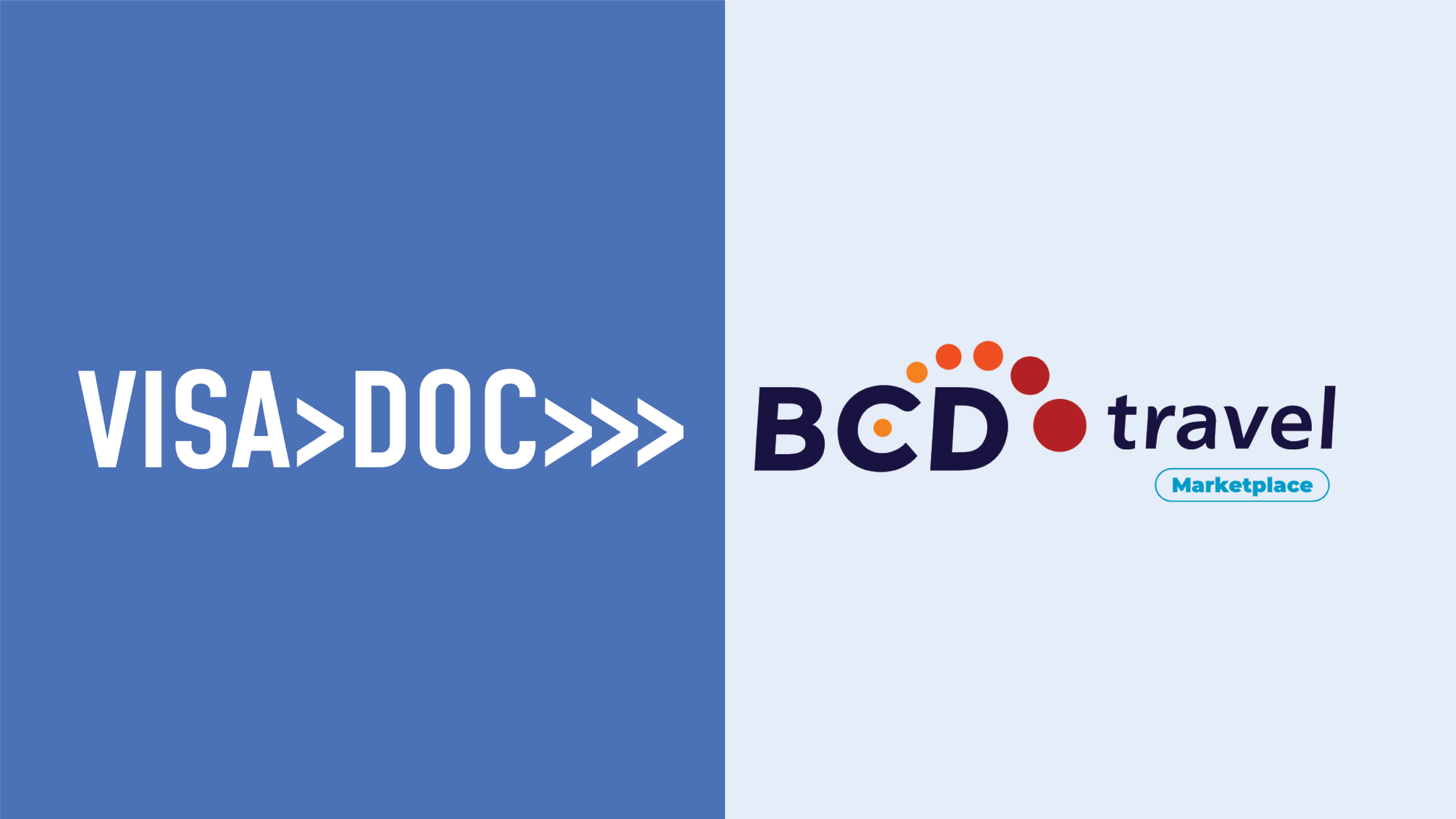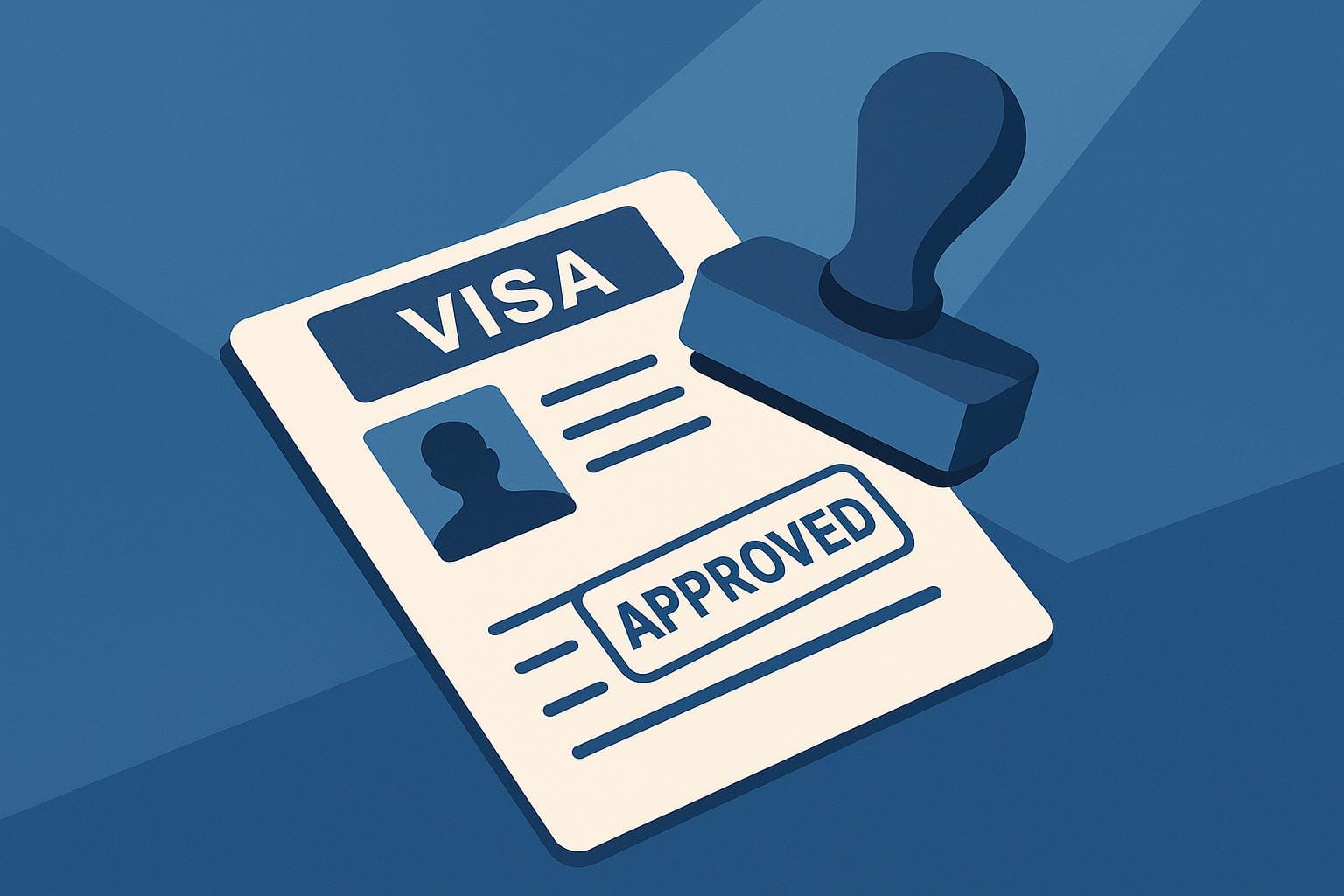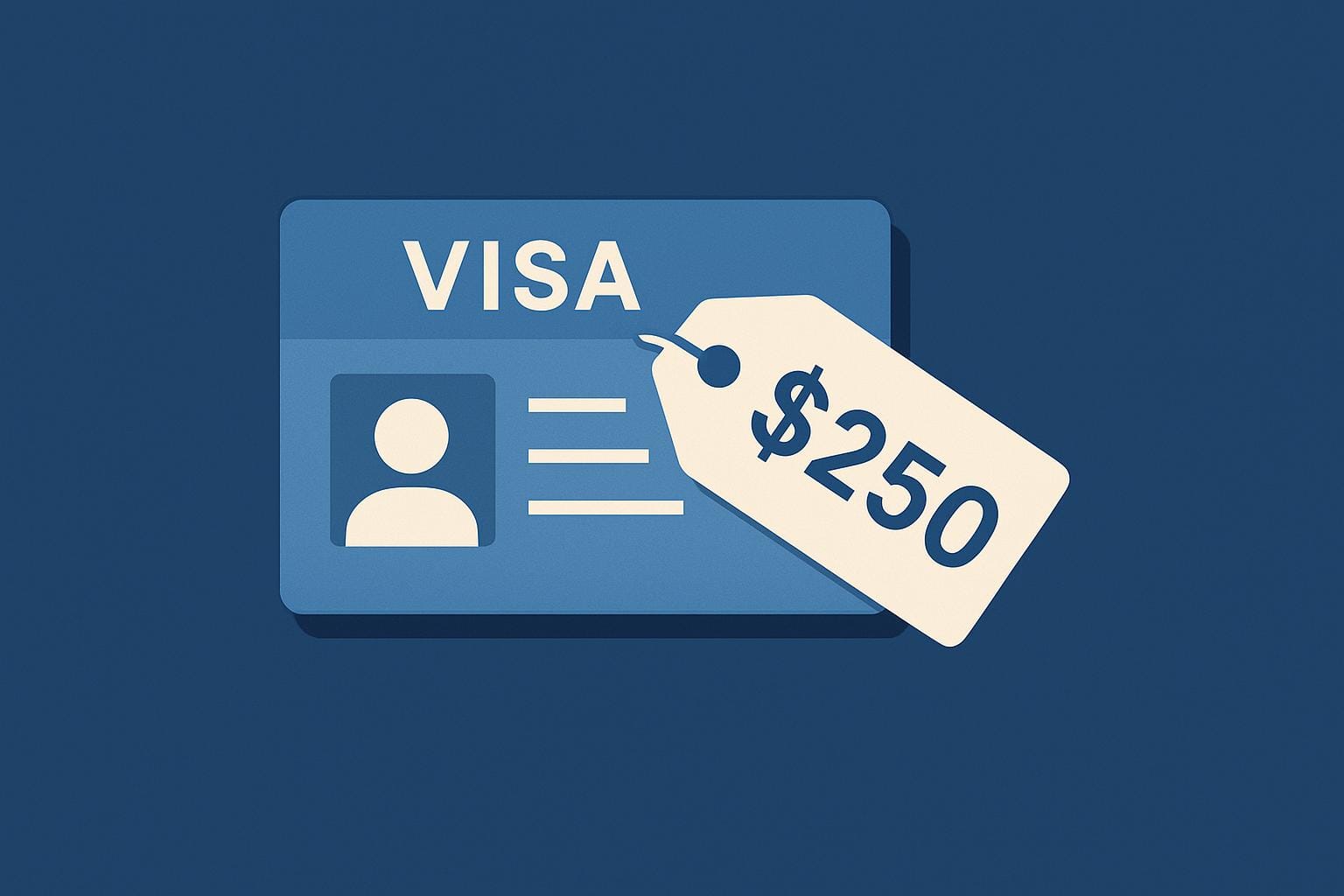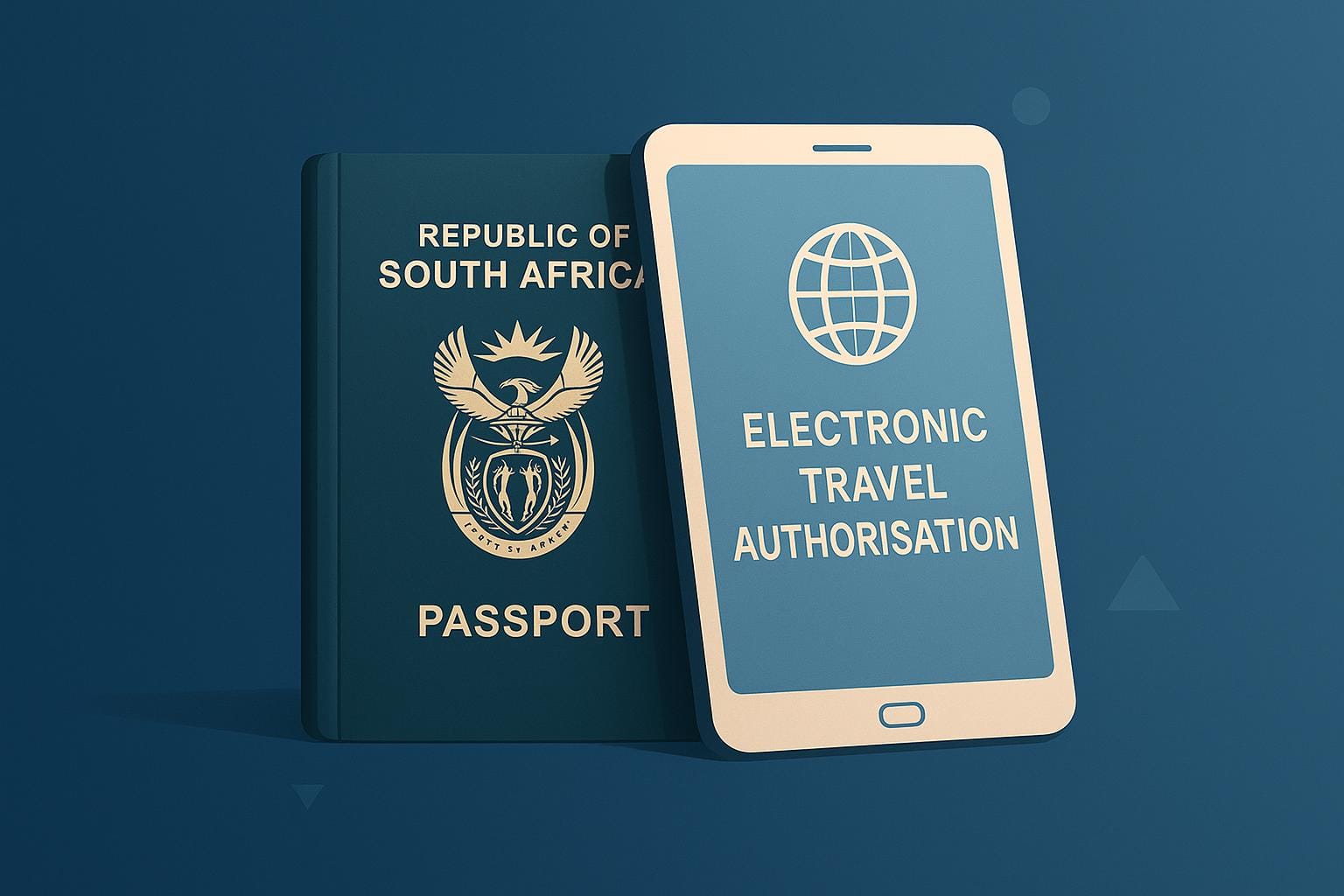Struggling with visa compliance? Here’s what you need to know.
HR teams in the UK play a critical role in managing visa compliance to avoid fines, reputational damage, or deportation risks. To succeed, focus on these three areas:
- Training: Understand immigration laws, Right to Work checks, and reporting obligations.
- Record-Keeping: Maintain accurate documentation, track visa conditions, and update records regularly.
- Automation: Use tools like VisaDoc for AI-driven document checks, real-time status monitoring, and automated alerts.
Quick Tip: Automating visa tasks can reduce errors, save time, and ensure compliance. Tools like VisaDoc provide AI-powered solutions, simplifying complex processes and helping HR teams stay audit-ready.
Why it matters: Non-compliance can lead to severe consequences. With the right training, tools, and processes, HR teams can manage visa requirements effectively and focus on strategic goals.
HR Visa Compliance Requirements
Main HR Visa Tasks
HR teams are responsible for ensuring visa compliance under UK regulations. Their main responsibilities include managing documentation, monitoring workers, and reporting to UK Visas and Immigration (UKVI).
Before employment begins, HR must conduct Right to Work checks. This involves verifying a worker's skills, qualifications, and professional accreditations to meet sponsorship requirements. Accurate records must be maintained and stored securely.
Key aspects of worker monitoring include:
- Tracking attendance
- Monitoring immigration status
- Keeping contact details up to date
- Ensuring compliance with visa conditions
For UKVI reporting, HR must notify UKVI within 20 working days if any of the following occur:
- A worker fails to meet visa conditions
- There are changes in business circumstances
- Issues arise with a worker's attendance or employment
Despite these clearly defined tasks, HR teams often face significant challenges in managing visa compliance.
Top Visa Management Hurdles
Visa compliance can be a tough area for HR teams, largely due to the complexity of UK immigration laws and the strict penalties for non-compliance.
"You must tell UK Visas and Immigration (UKVI) if your sponsored workers are not complying with the conditions of their visa" - GOV.UK
One major challenge is managing multiple visa types while maintaining accurate records. HR teams must stay updated with changing immigration rules and ensure compliance across various worker categories, such as:
- Scale-up workers
- Offshore workers
- Workers under 18
To address these challenges, rigorous record-keeping practices are essential for maintaining compliance.
Record Keeping Standards
Keeping thorough and organised records is a cornerstone of visa compliance. HR teams need to adopt systematic methods for managing documents to meet UKVI standards.
| Document Type | Retention Requirement | Purpose |
|---|---|---|
| Right to Work Checks | Throughout employment | Prove legal working status |
| Contact Details | Current and updated | Enable UKVI communication |
| Attendance Records | Continuous monitoring | Track visa compliance |
| Sponsorship Certificates | Full employment duration | Verify sponsorship status |
Using centralised compliance management systems can simplify document access and improve readiness for audits. To ensure effective record-keeping, HR teams should:
- Use reliable document verification methods
- Schedule regular audits
- Update records systematically
- Maintain secure storage solutions
These practices create a solid foundation for staff training and automation tools, which will be explored in later sections.
Staff Training for Visa Management
Key Training Areas
HR teams need to focus on several critical aspects to ensure visa compliance:
Understanding Immigration Law
- Knowledge of UK visa categories and who qualifies
- Right to Work checks and verification processes
- Responsibilities tied to sponsor licences
- Reporting obligations to UKVI
Handling Documents
- Proper storage procedures
- Using digital verification tools
- Compliance with retention timelines
- Adhering to data protection regulations
Monitoring Compliance
- Tracking employee attendance
- Regularly checking immigration status
- Keeping contact details current
- Ensuring visa conditions are met
Effective Training Methods
A mix of training approaches can help HR professionals fully grasp visa compliance requirements:
| Training Method | Advantages | Ideal For |
|---|---|---|
| Hands-on Workshops | Real-world practice | Document verification tasks |
| Online Modules | Learn at your own pace | Policy and regulation updates |
| Group Sessions | Collaborative problem-solving | Case studies and discussions |
| Simulation Training | Safe environment for practice | Preparing for audits |
To get the most out of these methods:
- Schedule regular refresher sessions
- Keep training materials up to date
- Monitor who has completed training
- Encourage team members to learn from each other
These strategies form a solid foundation, especially when combined with VisaDoc’s integrated training tools.
How VisaDoc Supports Training
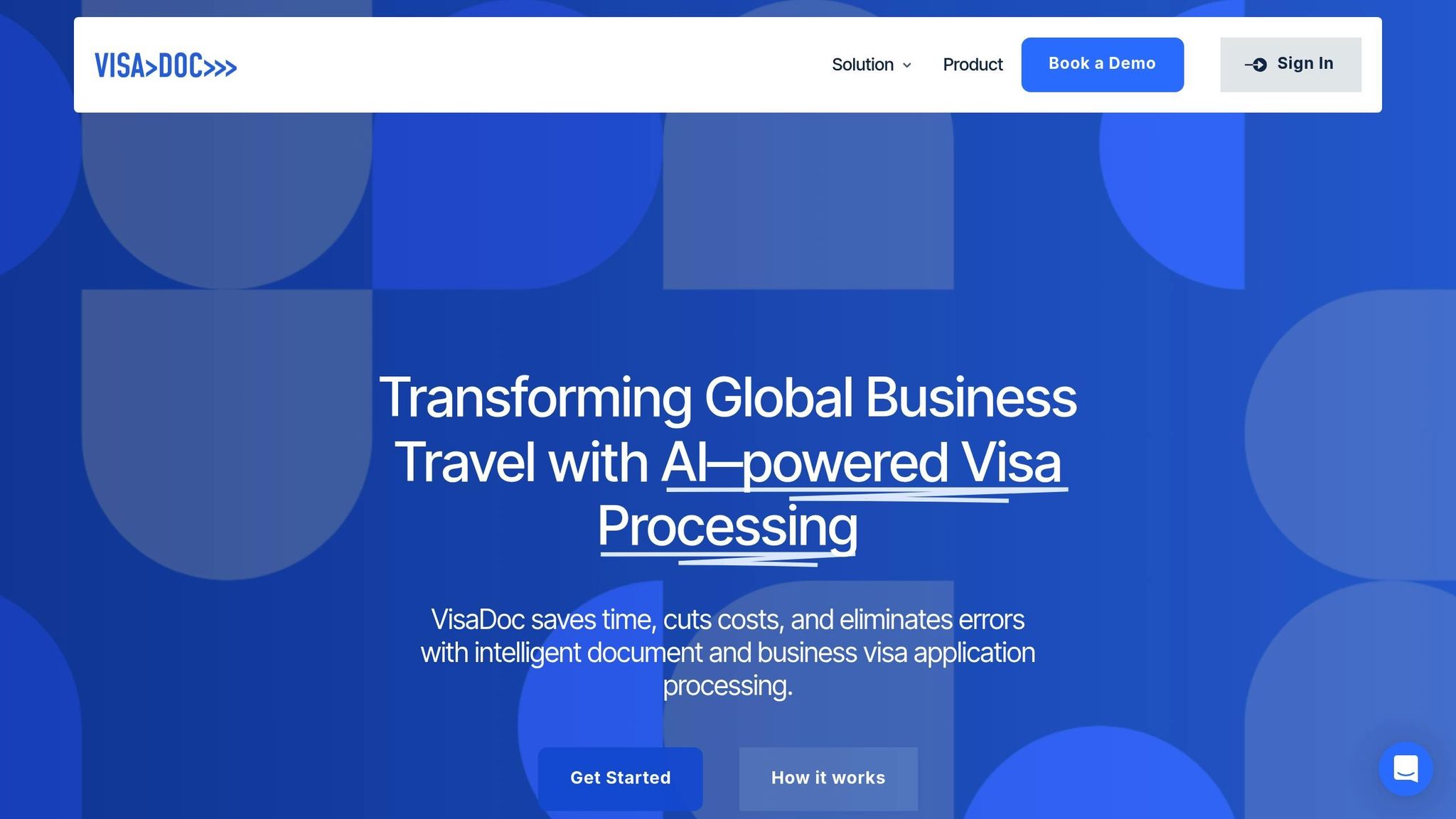
Structured Learning Paths
- Clear, step-by-step tutorials
- Guides for verification processes
- Updates on regulations
- Tools for compliance checks
Comprehensive Resource Centre
- Expert-written articles
- Practice templates
- Industry-standard best practices
- Instructional video guides
VisaDoc also provides personalised notifications to keep HR teams up to date on immigration changes. Its AI-powered verification tools help minimise errors and streamline compliance.
For larger organisations, VisaDoc offers tailored training programmes and dedicated resources to maintain consistency across multiple locations.
Visa Process Automation Tools
Why Automate Visa Tasks
Managing UK visa compliance can be a daunting task for HR teams. The increasing complexity of visa processes makes it harder to maintain accuracy and efficiency manually. Mistakes in visa processing can lead to costly delays and compliance risks.
Automation offers HR teams a way to simplify and improve visa compliance. Here’s how automation helps:
- Reduces Errors: Automated systems minimise mistakes in data entry and processing.
- Saves Time: Tasks that take hours manually can be completed in minutes.
- Ensures Compliance: Automated validations help maintain compliance and support accurate record-keeping.
- Provides Real-Time Updates: Teams get instant visibility into visa statuses and deadlines.
- Optimises Resources: HR professionals can focus on strategic priorities instead of repetitive administrative work.
These advantages are at the heart of VisaDoc's functionality.
VisaDoc Main Functions
VisaDoc is designed to tackle the challenges of visa management with automation tools that prioritise precision and efficiency. Here’s a breakdown of its core features:
| Function | Capability | Benefit |
|---|---|---|
| Document Verification | AI-powered checks | Ensures documents meet UKVI standards |
| Status Monitoring | Real-time tracking | Helps avoid visa expiration issues |
| HR Integration | Links with existing systems | Creates a seamless workflow |
| Automated Alerts | Custom notifications | Keeps teams ahead of critical deadlines |
| Data Analytics | Compliance reporting | Simplifies audit preparation and insights |
VisaDoc’s automated workflows ensure consistent processes across multiple locations, all while adhering to UK immigration regulations.
Automation Success Results
Automating visa processes leads to significant improvements in efficiency and compliance. Organisations using tools like VisaDoc report reduced admin workload, better data accuracy, and stronger compliance monitoring. These benefits free up HR teams to focus on strategic goals while staying on top of immigration requirements.
To get the most out of visa automation, organisations should:
- Automate repetitive admin tasks.
- Develop clear workflows for tracking visas.
- Use automated alerts to manage deadlines effectively.
- Leverage analytics for compliance reporting.
- Regularly review the performance of automation tools.
Building Strong Visa Programmes
Setting Up Your Visa Team
HR departments should establish a dedicated visa team with clearly defined roles and expertise to ensure compliance with UKVI regulations. Here's what to focus on:
- Specialised expertise: Include team members with knowledge in visa compliance and immigration laws.
- Cross-departmental collaboration: Involve legal, finance, and HR professionals to address all aspects of compliance.
- Continuous training: Provide regular education on visa compliance to keep the team informed.
- Defined responsibilities: Assign clear accountability for tasks like processing, monitoring, and reporting.
Once the team is in place, automation can help streamline operations and improve efficiency.
Using Tools Effectively
VisaDoc's intelligent automation can make a significant difference in managing your visa programme. Focus on these key areas:
| Focus Area | Implementation Strategy | Expected Outcome |
|---|---|---|
| Document Management | Automate document verification | Fewer processing errors |
| Compliance Monitoring | Enable real-time tracking alerts | Better deadline management |
| Data Analytics | Schedule regular compliance reporting | Improved audit preparedness |
| Process Integration | Integrate with HR systems | More efficient workflows |
These strategies can help you optimise your visa processes and achieve measurable improvements.
Success Stories
Organisations that adopt VisaDoc's solutions often see transformative results. For example:
"We focus on quality, not speed." - Lord Sonny Leong
This quote highlights the importance of pairing a well-organised team with advanced automation tools. Many companies using VisaDoc have automated up to 90% of their visa workflows.
Key actions to replicate this success include:
-
Establish clear processes
Standardise visa application and monitoring procedures. Use compliance management systems to centralise resources and track employee training requirements. -
Utilise technology
Adopt VisaDoc's AI-powered tools to stay informed about global trends and policy changes, ensuring your team is prepared for regulatory shifts. -
Regular review and adaptation
Evaluate the programme's effectiveness through compliance reports and analytics. Stay informed about geopolitical and economic changes that could impact immigration policies.
Conclusion
Managing visa compliance effectively demands knowledgeable HR teams and the right technology. With immigration laws being complex and the risks of non-compliance - such as heavy fines and deportation - organisations must prioritise both training and robust tools.
VisaDoc's platform simplifies compliance by focusing on key areas:
| Compliance Area | Benefits to Organisation |
|---|---|
| Document Management | Improves accuracy with AI-driven document verification |
| Training Support | Organises resources and tracks training progress |
| Regulatory Updates | Keeps teams informed of changes in immigration laws |
| Process Automation | Simplifies workflows while ensuring compliance standards |
These features align with three essential compliance goals:
- Ongoing Training: Focus on keeping teams informed about immigration regulations.
- Adopting Technology: Use automation to simplify tasks and minimise mistakes.
- Collaborating with Experts: Partner with immigration professionals for timely advice on legal changes.




